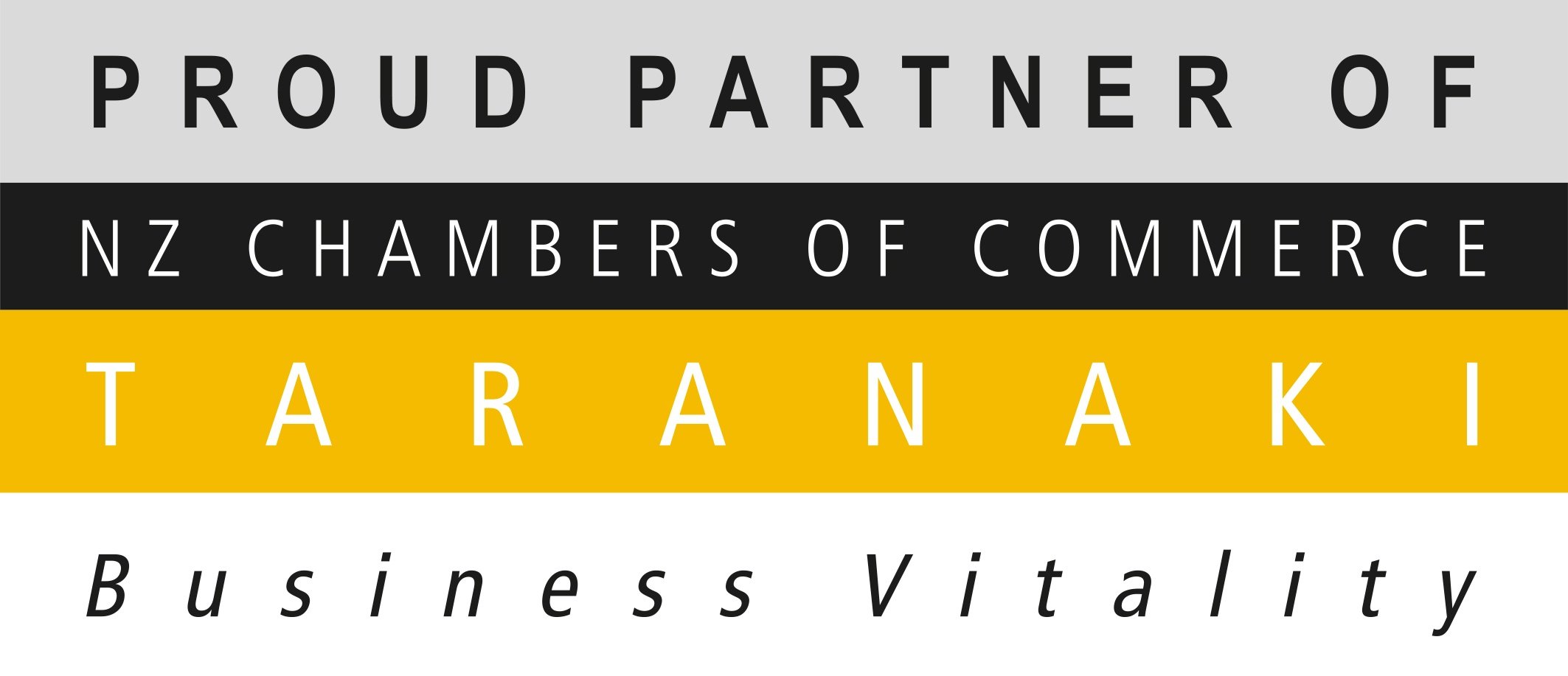
It’s normal for businesses to want to make their prices as enticing as possible. At what point does advertising cross the line and become misleading, or even an outright lie?
The Commerce Commission recently filed charges in court against Strandbags for misleading ‘discounts’ and sales practices. Strandbags is an Australasian-wide retailer of handbags, wallets, luggage, backpacks and business bags. It has 28 stores in New Zealand.
The Commission alleges that Strandbags routinely advertised products as being on ‘sale’ or ‘discounted’ in a way that was likely to mislead. For example:
• was/now pricing, eg “was $289 NOW $144.50”
• strikethrough pricing, where a higher price was struck out and replaced with a lower one, eg “$349.00 $174.00”
• percentage discount claims, eg “40% OFF”
• savings amount claims, eg “Save $50”.
What’s the problem with that?
The Commission alleges that in many cases the ‘original’ price was artificially inflated so that the ‘discounted’ price looked like a significant saving. Some products were never sold at the higher price, while others were on ‘sale’ for so long that the price could no longer honestly be called a ‘sale’.
Essentially, these ‘sale’ prices created the impression that the prices offered were significantly discounted when products were in fact being sold at their usual price or nearer to their usual price than consumers would believe.
The rule of thumb is that you need to be able to back up your claims. If a business advertises a discounted price they need to be able to show that the higher price is truly the standard price at which they usually sell the goods or services.
The Fair Trading Act 1986 prohibits conduct in trade (essentially in business) which misleads or deceives, or is likely to mislead or deceive, the public. Engaging in such conduct is an offence. The Commerce Commission has filed seven charges against Strandbags. Each one carries a fine of up to $600,000. The matter is now before the court.
When else has this been as issue?
In May 2017 the Commission issued an open letter to retailers about misleading pricing.
In 2017, Bike Barn was fined $800,000 for misleading pricing. Bike Barn used exaggerated discounting strategies that gave the impression to customers that they were purchasing bikes at significant mark-downs from the normal retail price – typically 50% off. It also advertised clearance specials that created an impression that the discounts were available for a limited time only. Neither was true.
In 2018, online mobile phone store Buy Mobile was warned by the Commerce Commission over its price discount claims. It also advertised discounts without a reasonable basis for the advertised ‘savings’. For example, Buy Mobile advertised a $930 discount on a Samsung Galaxy S5 selling for $339.90, but could not identity anywhere that sold it at the ‘full price’ Buy Mobile was asserting.
In October 2020, PAK’nSAVE Mangere was fined $78,000 for pricing discrepancies. Kennedy’s Foodcentre (2003) Limited trading as PAK’nSAVE Mangere charged customers more at the till than the prices advertised for goods. This happened numerous times and the District Court Judge found the conduct was repeatedly careless and not immediately rectified.
Top Tips
• Ensure discounts are taken off the usual selling price.
• Don’t use fine print to hide important information like extra charges.
• A ‘sale’ should be a brief and limited opportunity to buy at a reduced price.
• 'Clearance’ sales are only for clearing goods.
• Don’t exaggerate savings or the range of goods available at a discounted price.
• Be careful with claims like “lowest” and “cheapest” prices, unless you've done extensive research and know you have the lowest price.
Need more info?
Commerce Commission’s Tip Sheet for Promotions
Commerce Commission’s Guidance on Pricing
If you need advice on Consumer Law or the Fair Trading Act contact our Business and Commercial Law Team.
Author: Rochelle Farmer






.png)

